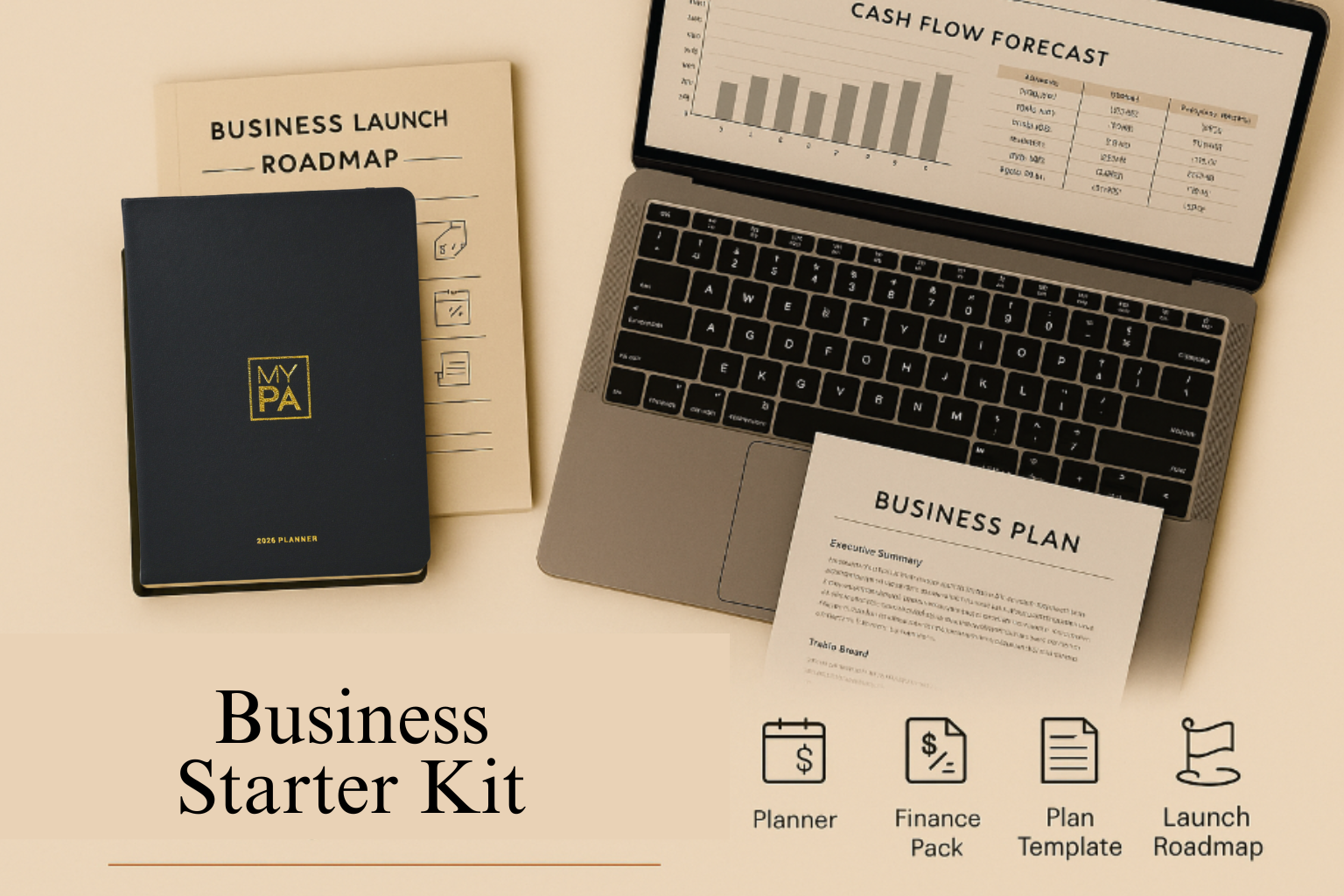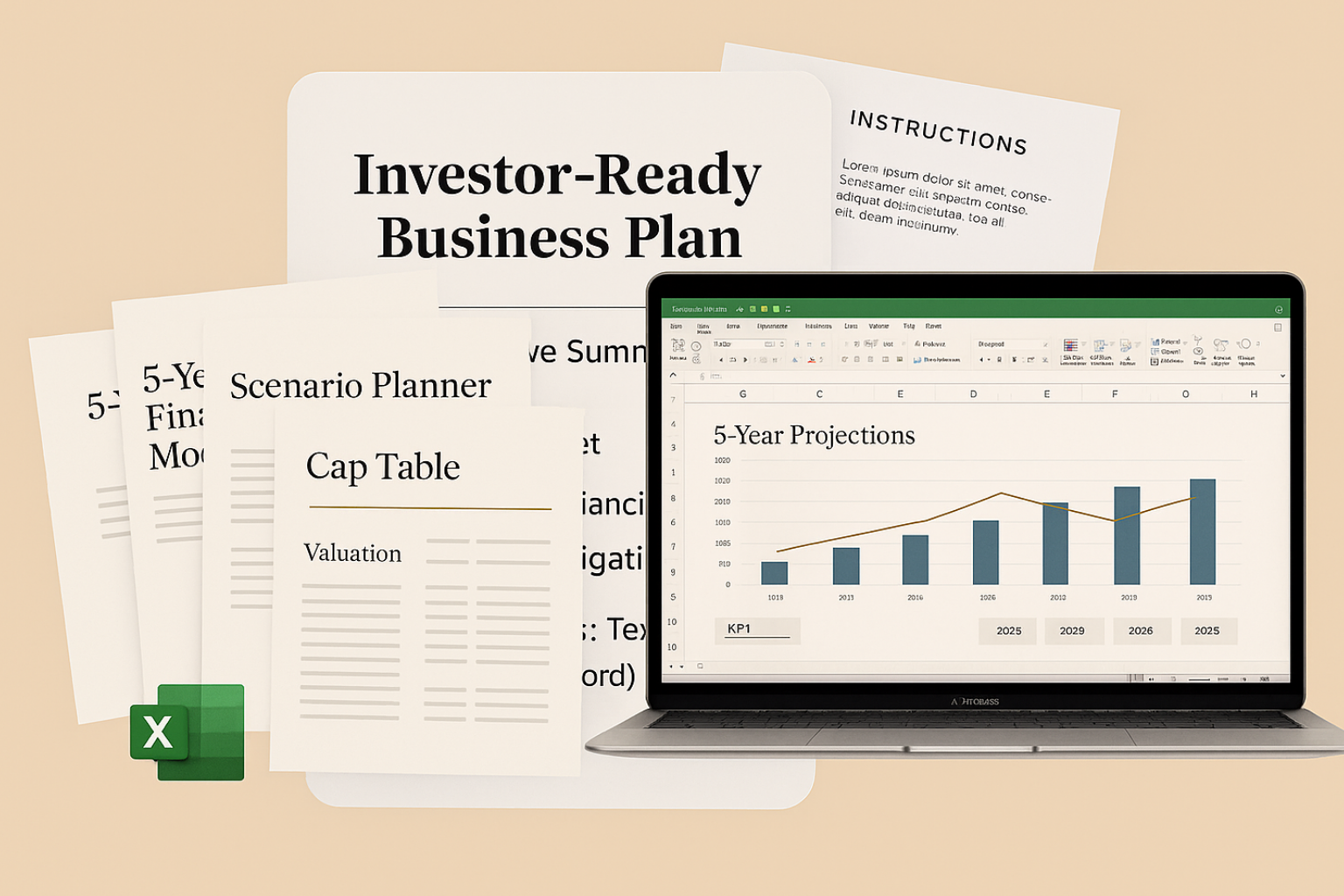Why runway matters
In startup life, cash is oxygen. Runway is the number of months your business can survive before it runs out of cash. If you misjudge it, you risk scrambling for funding at the worst possible time.
For founders, knowing your runway helps you plan ahead. For investors, it signals when you’ll need capital again and whether you’re managing your resources with discipline.
How to calculate runway
The formula is simple:
Runway = Current Cash Balance ÷ Monthly Burn Rate
Example: If you have £150,000 in the bank and spend £25,000 per month, your runway is 6 months.
This back-of-the-envelope calculation is what investors will do immediately when they look at your financials.
💡 Tip: Always calculate your “net burn” (spend minus revenue). If you generate £10k/month in revenue but spend £35k, your net burn is £25k.
Why investors care
A founder raising with less than 6 months of runway is negotiating from a position of weakness. It creates urgency, which often leads to down rounds or poor terms.
Savvy investors prefer founders who raise with 9–12 months of runway left. It shows foresight, confidence, and an ability to execute under less pressure.
Building forecasting scenarios
Investors know no forecast is perfect. What matters is whether you’ve thought through different outcomes. A good forecast includes three scenarios:
Base Case: Conservative revenue growth, steady expenses.
Best Case: Faster customer acquisition, higher retention, controlled costs.
Worst Case: Growth slows, costs creep up, and fundraising is delayed.
This tells investors: “I’ve considered risks, and I have a plan no matter what happens.”
How to build credible forecasts
Early-stage founders often overcomplicate their models. You don’t need 200-line spreadsheets. You need clarity on the drivers of growth.
Keep assumptions simple.
Example: 100 new customers/month at £20 ARPU (average revenue per user).Tie expenses to growth drivers.
Marketing spend = new customer acquisition.
Product spend = improved retention.
Hiring = capacity to scale operations.
Focus on 3–5 key variables.
This makes your model transparent and flexible, rather than fragile and unrealistic.
Example from the real world
Uber’s earliest forecasts were far from perfectly accurate — but they impressed investors because they showed a clear logic:
Spend on driver acquisition → More drivers → Faster rider adoption.
Offer rider incentives → Boost trips → Build market dominance.
The model was credible not because of precision, but because of its cause-and-effect clarity.
Common mistakes founders make
📊 Only showing best case. Investors see through this instantly.
👥 Forgetting hiring costs. Growth requires people, and payroll is usually the biggest expense.
📈 Assuming endless linear growth. Growth curves flatten, churn happens, and competition enters.
The takeaway
Runway and forecasting aren’t about predicting the future with perfection. They’re about showing that you:
Understand your numbers.
Have thought through multiple scenarios.
Can explain how funding today leads to growth tomorrow.
👉 Next Step: Use the Investor Kit for ready-to-use forecasting templates, scenario models, and investor-ready financials.
Go further

Need more than a one-pager?
MY PA Business Planner (physical & digital) helps you plan weekly, track goals, and stay accountable.
See the Planner
Ready for the complete system?
The Business Starter Kit bundles the planner with templates, financial tools, and a 30-day roadmap.
Explore the Starter Kit
Raising funding?
Get investor-ready with structured planning, forecasts and checklists. (Investor Kit link set to Starter Kit as requested.)
See Investor Kit




